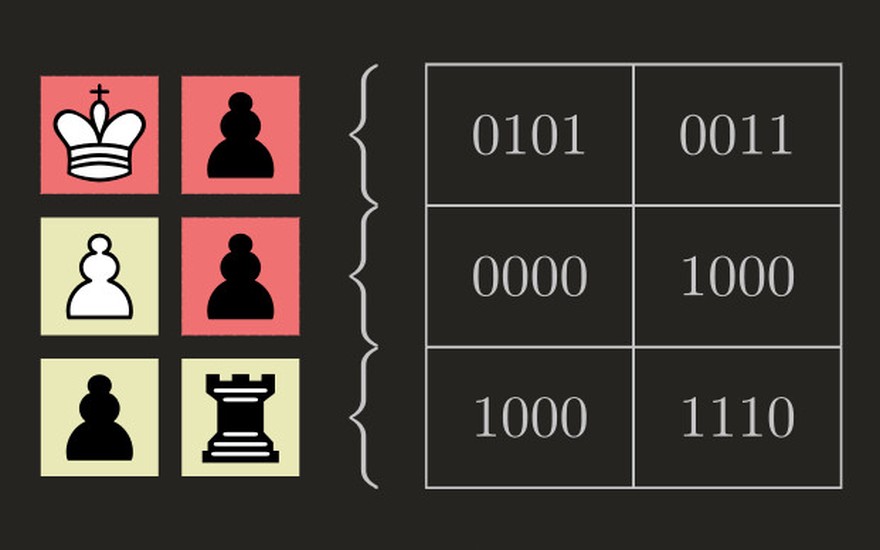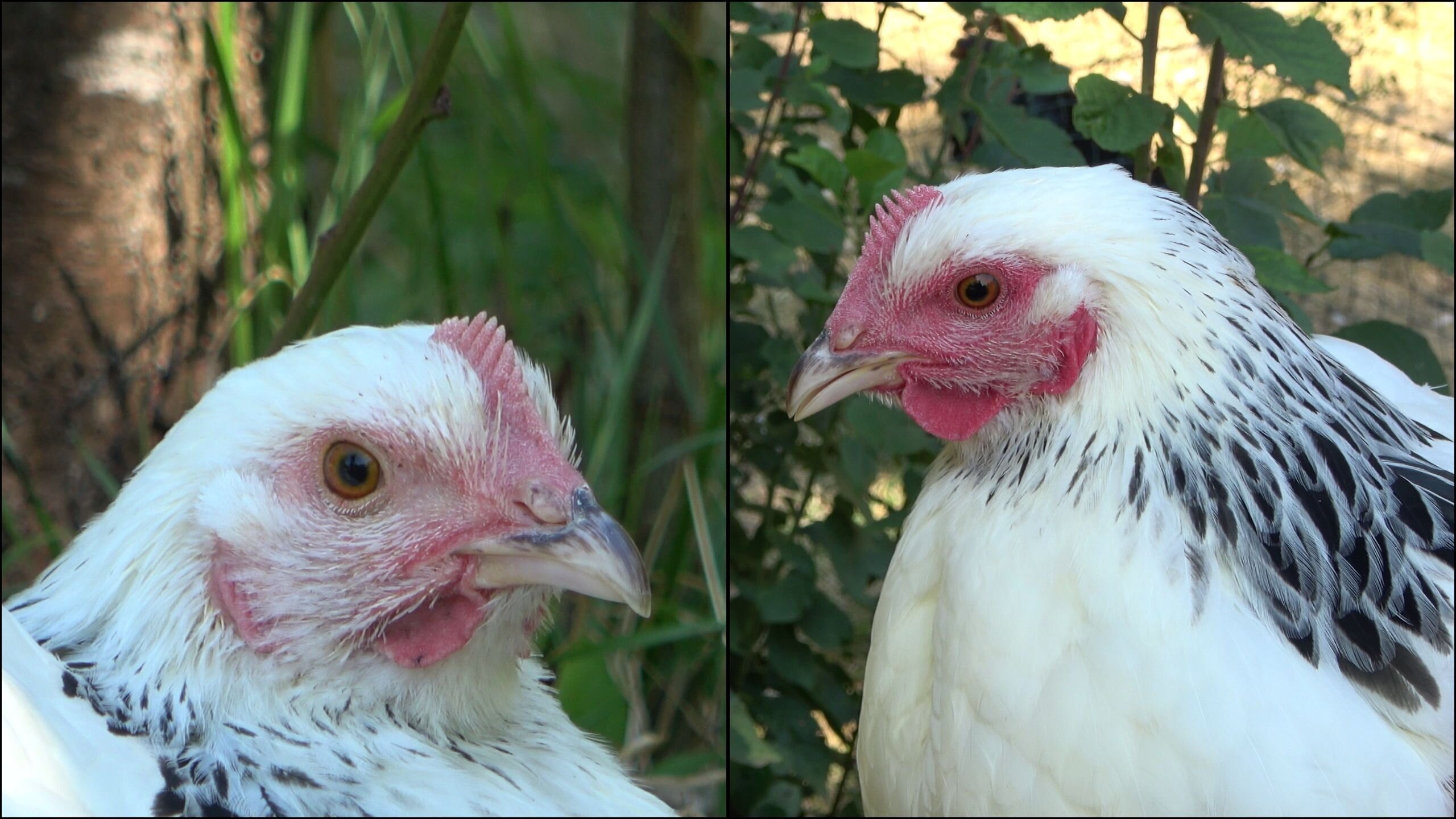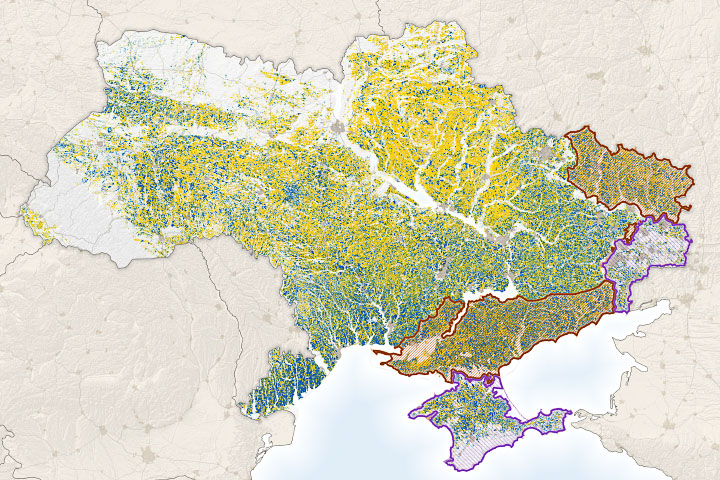
Measuring War’s Effect on a Global Breadbasket
When farmers in Ukraine planted wheat, canola, barley, and rye in autumn 2021, their concerns were relatively routine: would dry weather or rising fertilizer prices cut into their yields and profits? By the time those winter crops emerged from dormancy in spring 2022, life in Ukraine had turned completely upside down.
Russia had invaded. The war sent tanks rolling through fields, covered farmland with mines, and rained artillery shells on crops. Fuel and fertilizer prices soared. Labor became scarce. Some farmers left to join the fighting; others died or fled as their villages were bombarded. Even farmers far from the front lines watched tens of millions of tons of grain and other agricultural goods sit idle in silos and ports due to a naval blockade. As the war dragged on, even grain and vegetable oil storage facilities became targets.
“The world’s breadbasket is at war,” said Inbal Becker-Reshef, director of NASA’s Harvest program. Before the war, Ukraine provided 46 percent of global sunflower oil exports, 9 percent of the wheat exports, 17 percent of the barley, and 12 percent of the maize on global markets, according to data from the U.S. Foreign Agricultural Service. (Ukraine and Russia together accounted for 73 percent of sunflower oil exports, 33 percent of wheat, and 27 percent of barley.) The past few months have disrupted that flow of food.





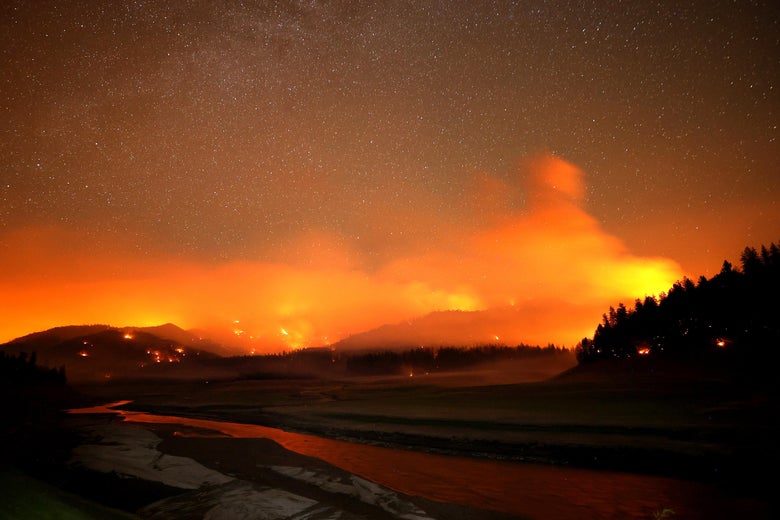



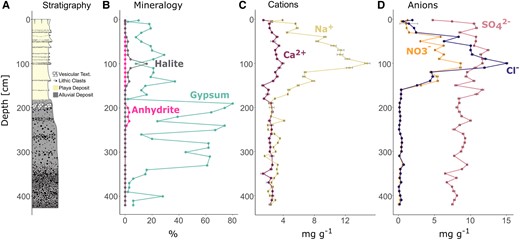

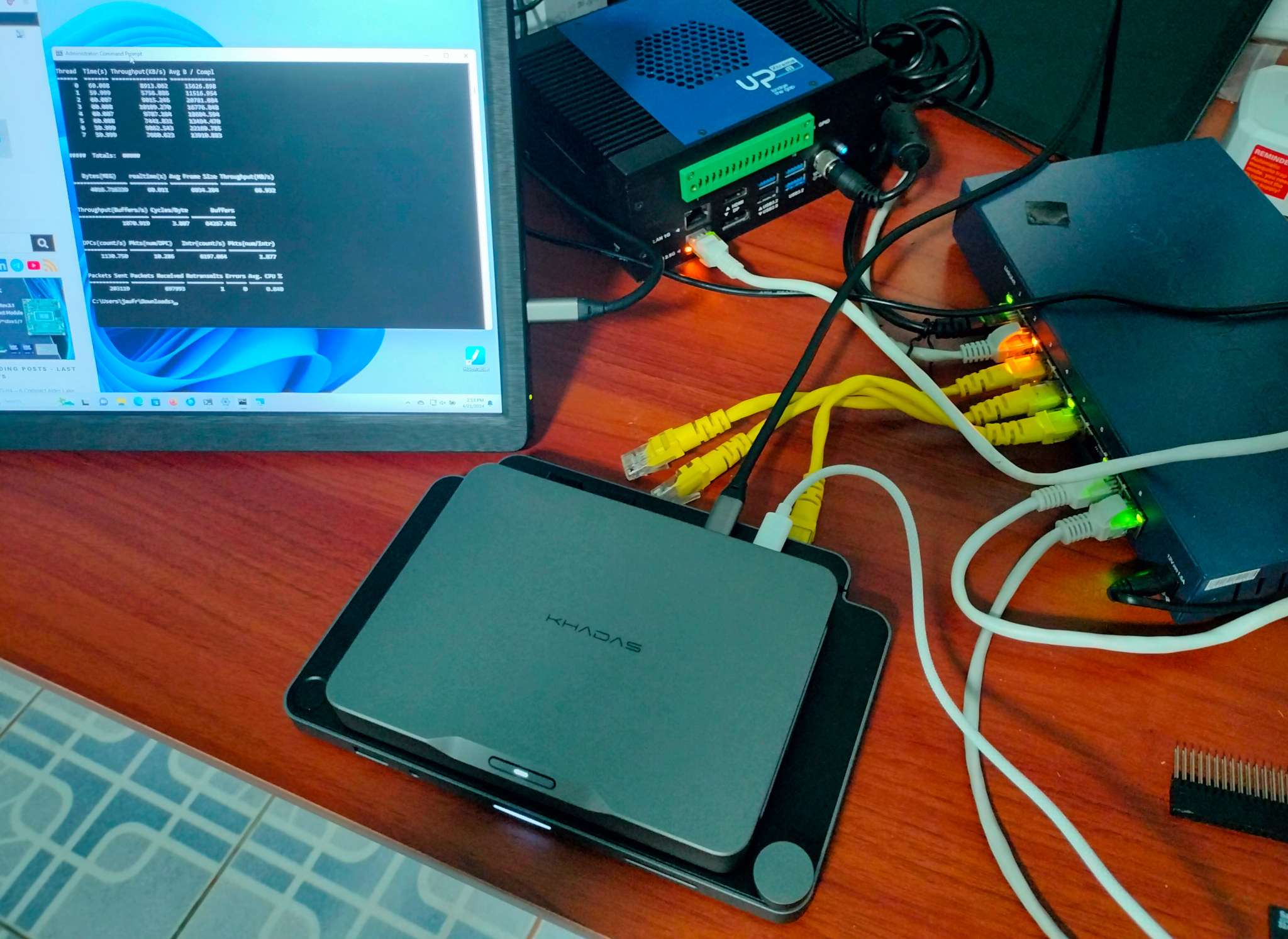


/https%3A%2F%2Ftf-cmsv2-smithsonianmag-media.s3.amazonaws.com%2Ffiler_public%2F32%2F0f%2F320fc4f6-5959-490f-b1f4-a2ac651f394f%2Fgettyimages-128275051.jpeg)

